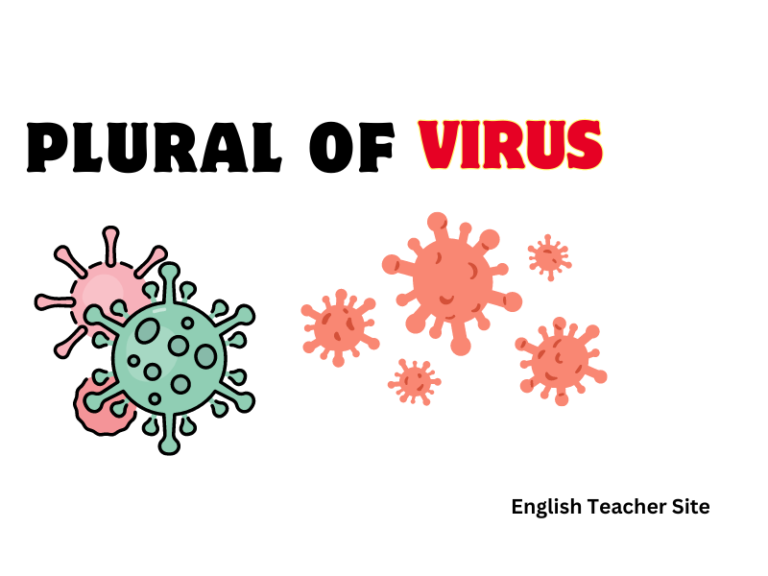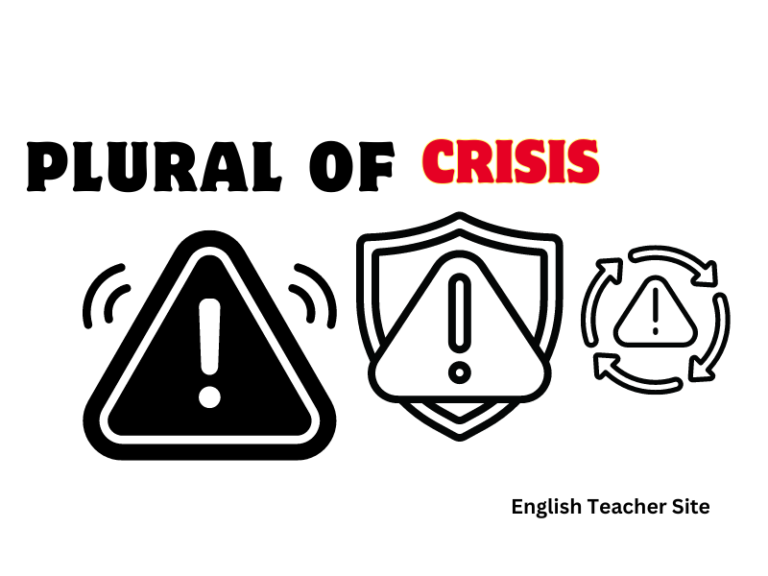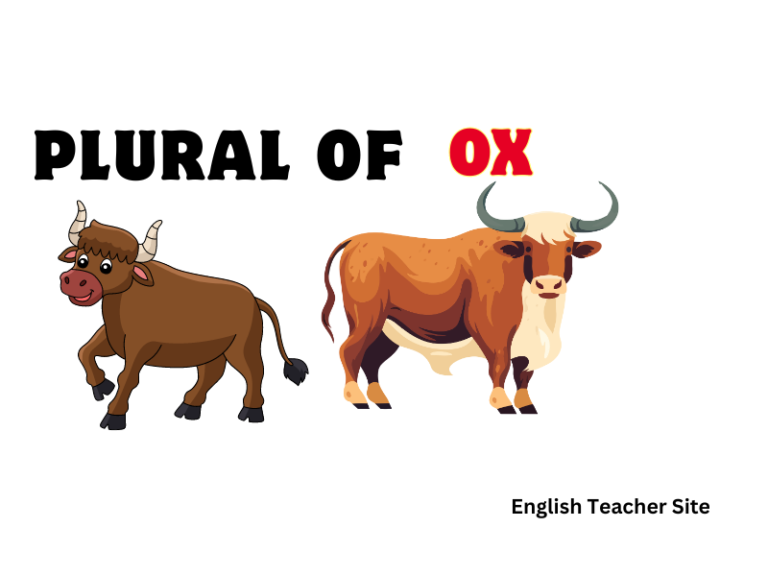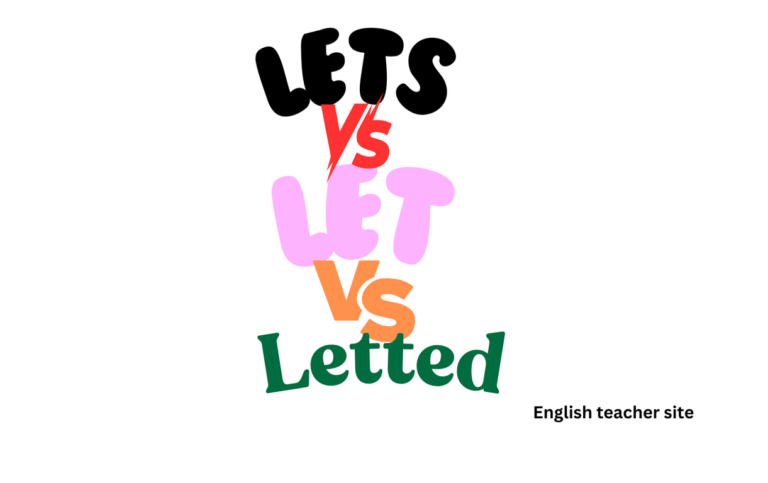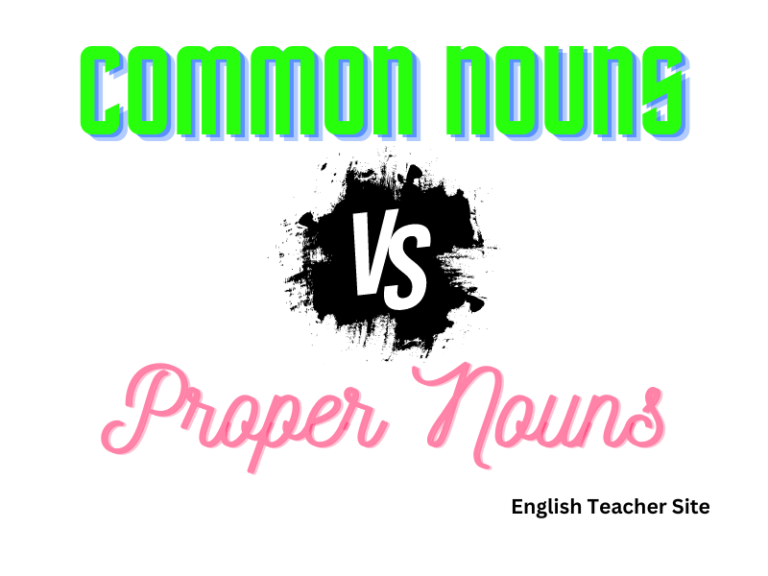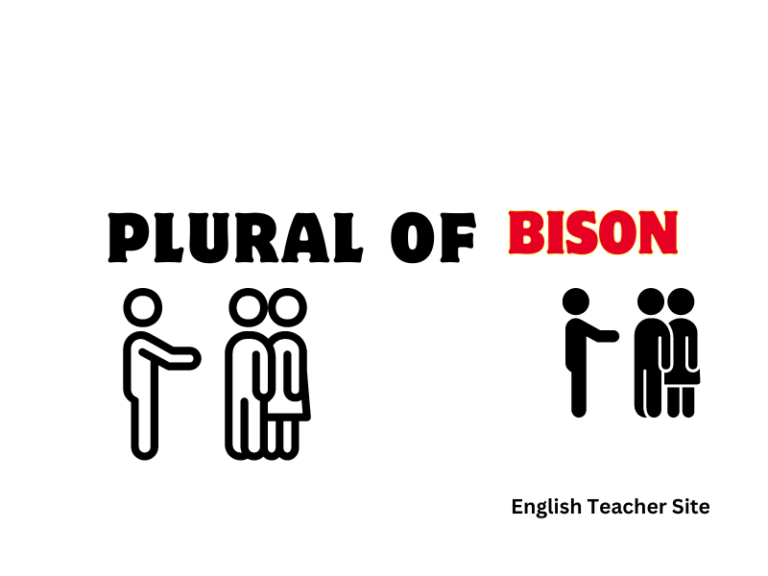What’s the Plural of Self: Understanding Singular and Plural Nouns

- The word ‘self’ refers to an individual’s distinct identity or personality.
- ‘Self‘ becomes ‘selves’ when pluralized, following the -f to -ves noun ending rule.
- The term ‘self’ and its plural form are applicable in various contexts discussing personal identity and consciousness.
‘Self’ is a reflective pronoun that relates to the true, authentic, or inner self of an individual. It is widely used in psychological and philosophical contexts to discuss one’s personal identity and the aspects of one’s personality that make them unique. The pluralization of ‘self’ follows the general rule for nouns ending in -f, becoming ‘selves’ to denote more than one individual’s identity or personality.
What’s the Plural of Self?
Singular and Plural Forms
| Singular | Plural |
|---|---|
| self | selves |
The plural form of “self” is selves. This transformation is not simply an addition of an “s” but rather a change in the ending from “f” to “ves.”
Usage in Sentences
- Singular: She was proud of her self-restraint.
- Plural: They had to rely on their selves to get through the challenge.
Exceptions to the Rule
- Although selves is the standard plural form, in some contexts, “selfs” can also be encountered as an alternative, albeit much less common, pluralization.
Cognates Across Languages
| English | Plural in English | French | Plural in French |
|---|---|---|---|
| self | selves | soi | sois (rarely used) |
When using the word in plural form, it’s important to match it with plural pronouns and possessives to maintain grammatical agreement. For example:
- Correct: They finished the project by themselves.
- Incorrect: He finished the project by themselves.
Singular Form of Self
“Self” signifies a single entity, emphasizing the particular characteristics that make one distinct from others.
Singular Uses of “Self”:
- “Self” is often paired with possessive adjectives, such as “myself,” “yourself,” “himself,” “herself,” “itself,” and “oneself.”
- These reflective pronouns help to express actions or emotions directed back at the subject.
Examples of Singular “Self”:
| Possessive Adjective | Reflective Pronoun |
|---|---|
| My | Myself |
| Your | Yourself |
| His | Himself |
| Her | Herself |
| Its | Itself |
| One | Oneself |
It is important to note that “self” can be employed in various grammatical roles:
- As a subject or object: “He had to fend for his self.”
- In compound constructions: “She takes self-portraits.”
Meaning of Self
In the realm of English linguistics, the term self signifies much more than a mere pronoun. It is a reflection of an individual’s identity encompassing various nuances that define a person. The word self encapsulates both the essence of one’s personality and character, and is crucial in discussions of identity and consciousness.
- Intrinsic qualities: The self includes traits, beliefs, and qualities that distinguish one individual from another.
- Behavioral aspect: It can also refer to an individual’s behavior in different scenarios, ranging from their typical demeanor to their best or worst conduct in specific situations.
| State of Being | Description |
|---|---|
| True self | The genuine character or nature core to an individual. |
| Temporal self | The varying behaviors or characteristics exhibited temporarily. |
Nouns Ending in -f/-fe and –ves
Here, we’ll list some common nouns that follow this pattern and provide guidelines to understand the rule.
Regular Transformations:
- Many singular nouns ending with the letter “-f” or the combination “-fe” replace these with “-ves” in the plural form.
Examples:
- Knife becomes knives.
- Life translates to lives.
Exceptions to the Rule:
- Not all nouns ending in “-f” or “-fe” follow the -ves pluralization rule. For example, “roof” becomes “roofs”.
Guidelines to Understand Plurality:
- The transformation often occurs with shorter, one-syllable words.
- Words ending in “-ff” typically just add “-s”.
Tables of Nouns:
| Singular | Plural |
|---|---|
| Wolf | Wolves |
| Wife | Wives |
| Exceptions – Singular | Exceptions – Plural |
|---|---|
| Chief | Chiefs |
| Proof | Proofs |
Sentences with the Word Self
Here, we’ll explore the singular and plural forms of “self” in varied sentence constructions.
Singular Form in Sentences
- He found his true self after years of soul-searching.
- She cooked herself a lavish dinner.
- Self-reflection is key to personal growth.
The singular form, “self,” is often associated with individuality or an introspective look at one’s own character.
Plural Form in Sentences
When the subject of the sentence includes more than one person or entity, “selves” is the appropriate term to use. Here’s a breakdown:
| Singular | Plural |
|---|---|
| himself | themselves |
| herself | themselves |
- They surprised themselves with how well they did.
- The twins often compare their academic selves.
Applications of Selves
Identity and Personal Development: Individuals often encounter the concept of “selves” in the context of self-improvement and psychology.
- Exploring different aspects of one’s identity
- Discussing the multiplicity of roles individuals play in society
- Acknowledging the variety of personal traits across different situations
Social Interaction:
- Referring to a group’s collective self-awareness
- Discussing social dynamics and group behavior
Literature and Philosophy: The term “selves” plays a significant role in various philosophical discourses and literary works.
- Signifying the characters’ introspection in a narrative
- Delving into philosophical discussions about the nature of the self
The following tables illustrate the specific applications of “selves” in these fields:
| Field | Application of ‘Selves’ |
|---|---|
| Psychology | Discussion of multiple identities or persona |
| Personal Development | Recognition of different self-aspects over time |
| Social Psychology | Collective self among groups |
| Context | Usage Example |
|---|---|
| Group Dynamics | “The team reconciled their selves to reach consensus.” |
| Literature | Characters undergo self-discovery journeys |
| Philosophy | Debates on the concept of “true self” |
Grammar:
- “Self” becomes “selves” when making the noun plural
- Ensures correct grammatical structure in sentences
Origin of the Word Self
The term self derives from the Old English self, which means one’s own person or thing. Its roots can be traced back to Proto-Germanic *selbaz and beyond to the Proto-Indo-European *sel-bho-, meaning “separate, apart.”
| Proto-Language | Term | Meaning |
|---|---|---|
| Proto-Germanic | *selbaz | Self, same |
| Proto-Indo-European | *sel-bho- | Separate, apart |
In the English language, this reflective pronoun has maintained a stable definition over the centuries. It functions as a way to emphasize the individuality or identity of a subject referred to within discourse. The usage of self has evolved to be both a reflexive pronoun and an intensifier.
- Reflexive Pronoun Usage: When someone refers back to the subject. (e.g., He cut himself.)
- Intensifier Usage: To emphasize the subject’s action or presence. (e.g., She herself opened the door.)
The plural form, selves, is derived by adding -ves to the singular form, a common practice in English for words that end in -f. The transformation is similar to other English words such as life to lives and knife to knives.
| Singular | Plural |
|---|---|
| Self | Selves |
| Life | Lives |
| Knife | Knives |
Exploring the etymology of this term provides insight into how language evolves yet holds on to the essence of conceptual identity. The strength of self lies both in its historical consistency and its adaptability, allowing a person to convey aspects of identity, action, or introspection.
Sources
My name is Khamis Maiouf. I am the creator of the English Teacher Site, dedicated to providing valuable resources and insights for students around the world. With a passion for education and a commitment to helping students enhance their skills, I aim to make English teaching more effective and enjoyable for both educators and students.

